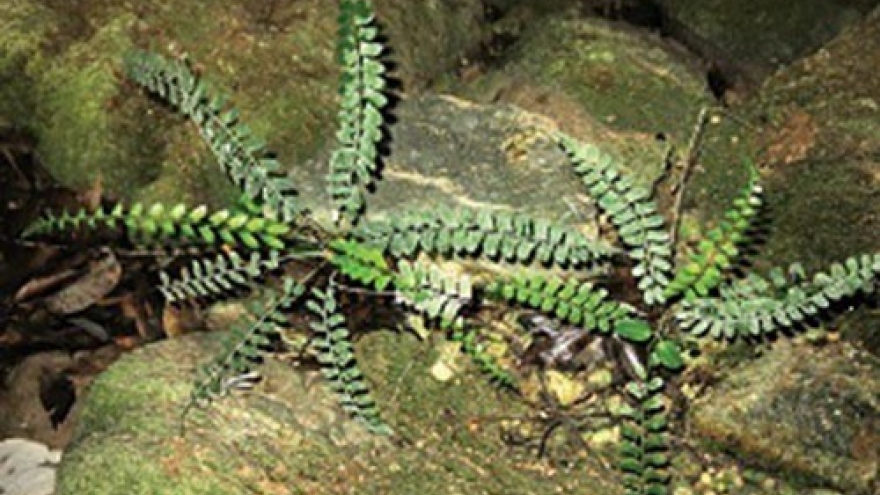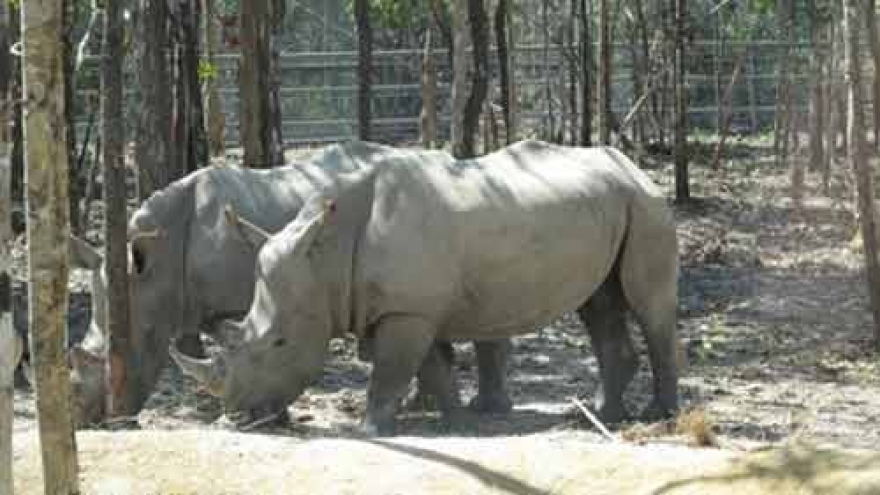Scientists discover 87 new species in Vietnam
Scientists have once again proved that there are still so many strange and wonderful things in nature waiting to be discovered.
According to a report released on December 19 by the World Wildlife Fund (WWF), 163 new species were discovered in the Greater Mekong region last year, including 87 in Vietnam alone.
 |
| Musa Nanensis, a rare banana species found in Thailand. Photo: WWF |
The report, Species Oddity, documents the work of hundreds of scientists who discovered nine amphibians, 11 fish, 14 reptiles, 126 plants and three mammals in the region, which also includes Cambodia, Laos, Myanmar and Thailand.
 |
| A woolly bat from the Central Highlands of Vietnam, with thick and woolly fur on its head and forearms. Photo by Nguyen Truong Son/WWF |
Among the highlights are a bat found in the Central Highlands of Vietnam with thick and woolly fur on its head and forearms, a rare banana species from Thailand, a tiny frog from Cambodia and a gecko with pale blue spotted skin and piercing dark eyes that was found hiding among the remote mountains of Laos.
 |
| A tiny orange-eyed frog, measuring less than 3cm long, was also discovered in the small rocky streams of north-eastern Cambodia. Photo: WWF |
This brings the total new species discovered in the region to 2,409 since WWF began compiling new species reports in 1997.
“The Greater Mekong region is a magnet for the world’s conservation scientists because of the incredible diversity of species that continue to be discovered here,” said Jimmy Borah, Wildlife Programme Manager for WWF-Greater Mekong. “These scientists, the unsung heroes of conservation, know they are racing against time to ensure that these newly discovered species are protected.”
 |
| A new species of newt called the tylototriton anguliceps in Chiang Rai, northern Thailand. Photo: WWF |
The Greater Mekong region is under intense development pressure from mines to roads to dams, threatening the survival of its unique natural landscapes. Poaching for bushmeat or the multi-billion dollar illegal wildlife trade puts additional pressure on the region’s wildlife, meaning many species could be lost before they are even discovered.
 |
| This medium-sized lizard with dragon-like horns was discovered in the jungles of Phuket, a popular tourist destination in Thailand. The harmless beast was seen hunting insects in a tree. Photo: WWF/AFP |
"Vietnam are currently faced with a huge demand for wildlife for consumption and for the global illegal wildlife trade," Van Ngoc Thinh, Country Director of WWF-Vietnam, said, "where people are willing to pay thousands of dollars for the rarest, most unique and most endangered species; in many places, illegal wildlife markets operate openly."
 |
| Gecko bonkowskii is a gecko with pale blue spotted skin, discovered in the remote karst massifs of Laos. Photo by Thomas Calame/WWF |
"Habitat loss and pollution are also adding to the impacts on Vietnam’s wild species. To save these species, improving law enforcement, stopping illegal poaching, closing illegal wildlife markets and farming of wild rare and endangered species such as tigers and bears will be crucial," Thinh added.



